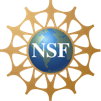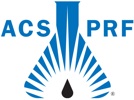Computational Materials Science Group
The CMS group at GWU works on a number of fields that mainly fall under the heading of materials theory. Our goals are: 1) explain experimental data, 2) elucidate fundamental mechanisms, and 3) predict materials behaviors. To achieve these goals, we employ a variety of computational methods, with a combination of, ab initio, molecular dynamics, and continuum simulations. Our current research has focused on the following areas:
Nucleation of solids in aqueous environment
Capturing nucleation event remains one of the challenges in both experiment and simulation. Even the “simple” scenario of homogeneous nucleation remains poorly understood, let alone the more complex and relevant heterogeneous nucleation. We combine molecular simulation with advanced sampling technique to investigate nucleation of two important solids from aqueous environment: ice and gas hydrate.
Designing heterostructures in low dimensional materials presents an exciting opportunity and opens pathways toward the realization of new functionalities. By using the state-of-the-art computational techniques, we are exploring novel nano heterostructures for photovoltaic and hydrogen production.
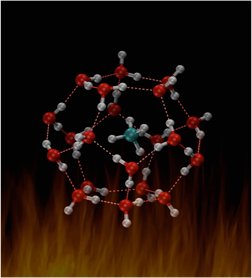
Oil and water do sometimes mix. For example, when subject to high pressure and low temperature, methane and water will turn into an ice-like crystal: methane hydrate, also known as “burning ice”. In nature, natural gas hydrates form in the compacted sediment at deep ocean floor over million years, storing vast amount of energy--at least twice of all other fossil fuels combined. Accumulating inside oil and gas pipelines, these compounds clog transmission lines, posing sever safety issue.
How a non-polar molecule like methane induces water molecules to undergo disorder-order transition is an interesting question. We are using advanced molecular simulation techniques to understand the fundamental formation mechanism of gas hydrate.
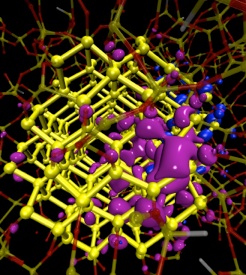
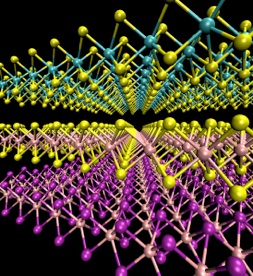
We gratefully thank our sponsors:
Nano heterostructures by computational design

